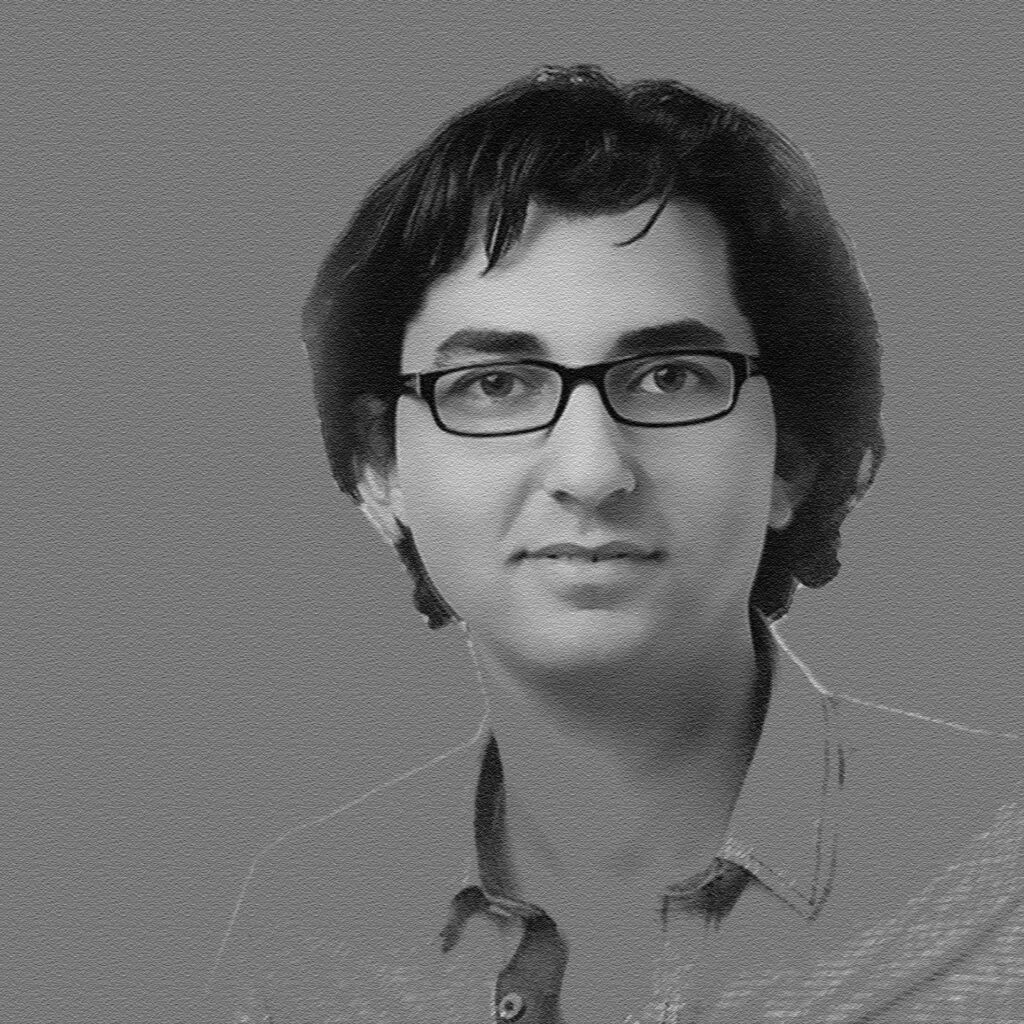
Member Profile: Diaa Ahmedien
1. What do you do, and how long have you been doing it?
I am a Ph.D. researcher in sciences of visual arts and new media arts, University of Bern, and University of Applied science, Bern, Switzerland from 2014 till 2017. I work as an artist, educator, researcher, and creator to set up systems of artworks essentially depending on the interaction of Art, Science, and Technology. I have been working as a lecturer at New-Media Branch, Drawing and Painting Dept., Faculty of Art Education, Helwan University, Egypt since 2009. My accurate specialization focuses on Laser art, Holography, Neurological Art, Neuroaesthetics and visual communication within an interactive context. For further information, look at my personal URL: www.diaaahmedien.com
2. What was your first job?
As I graduated from my faculty with a grade: Excellent with honor degree, I had been nominated by the faculty council to work as a demonstrator in drawing and in the Painting Department. I had been assigned to teach drawing and painting to faculty and students, besides working in a wide range of independent and dependent research to prepare for my final MA research path. It was really a special work, in which artistic practices, scientific research, and teaching activities were be combined into one career.
3. Where did you complete your formal education?
I received my Bachelors of art education and Culture-Art from the Drawing and Painting Dept., Faculty of Art Education, Helwan University, Cairo, Egypt. I studied Physics of Lasers and its applications in visual arts at the National Institute of Laser Enhanced Sciences, Cairo University, Egypt. Then, I have received a Masters degree (MA) in media arts from both the Faculty of Art Education, Helwan University and the national institutes of Lasers at Cairo University. Finally, I have received a Ph.D. (Dr. Phil) in sciences of Visual Arts and New-Media Arts from the University of Bern and University of Applied Sciences Bern in Switzerland under a governmental excellence scholarship.
4. How did you first get involved with ACM SIGGRAPH?
I first got involved in 2015, when I joined the ACM SIGGRAPH Digital Arts Community as a visual artist. Since then, I have participated in very interesting conversations revolving around a wide range of topics related to digital arts and interactive arts.
5. What is your favorite memory of a SIGGRAPH conference?
I cannot forget the first SIGGRAPH conference I attended in 2015, where I met professors, lecturers, technicians, and researchers, like me, in which several common points and backgrounds could be found. I remember at that time I had to collect several resources to use them in my artistic studies and there was no time to do so after the conference. Fortunately, I found the discussions and attending the lectures at SIGGRAPH to be one of the most important sources of interactive arts references I have ever encountered.
6. Describe a project that you would like to share with the ACM SIGGRAPH community.
Actually, there are several projects of my work that have a common scope with the SIGGRAPH community and therefore they can be shared and exhibited via ACM SIGGRAPH conferences. Currently, I am working with Neural-Interactive techniques to produce Holographic puzzle game. I have already published the theoretical principles in the LEONARDO journal (MIT presses): http://www.mitpressjournals.org/doi/abs/10.1162/LEON_a_01376#.WHlr3ndh2t9.
I am going to achieve a complete system of the Neural-holographic puzzle that might be exhibited at future SIGGRAPH events.
7. If you could have dinner with one living or non-living person, who would it be and why?
I wish to have a dinner with Dr. Shawn Brixey, the Dean of the Faculty of Fine Arts at York University, in Toronto, Canada. He is one of my favorite artists and one of the most prominent art researchers that creates artworks based on the relationship between art, sciences, and technology. His artworks strongly show the real significant shift that has happened in 21st century’s aesthetics.
8. What is something most people don’t know about you?
Some of my friends think that I am a sharp person, but I am not. However, I am really a very systematic person and everything in my life must be pre-planned and scheduled. I do not like a mess at all, this may reflect a sense of sharpness.
9. From which single individual have you learned the most in your life? What did they teach you?
There are several professors who inspired me through my life, but the most important thing I have learned from them, outside of the academic life, is that any thing I learned should be reflected in my general behavior in all of my life, otherwise nothing was really learned.
10. Is there someone in particular who has influenced your decision to work with ACM SIGGRAPH?
I think of SIGGRAPH as a global community that does not necessarily require one individual to directly impact another person. For me, getting engaged in the SIGGRAPH society is a very good step towards spreading my work Internationally, and revising my thoughts via discussions with a wide range of professional professors, technicians, and researchers.
11. What can you point to in your career as your proudest moment?
Actually, I have several proudest moments, one of them was in 2014 when I was awarded the Egyptian excellence government scholarship to promote my rare specialization as a scientific discipline. I was the only one who won this scholarship in visual arts not only in my department but also in my university.